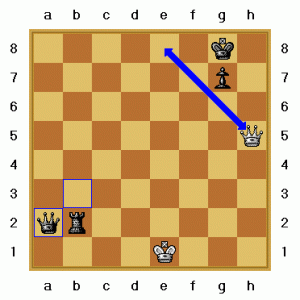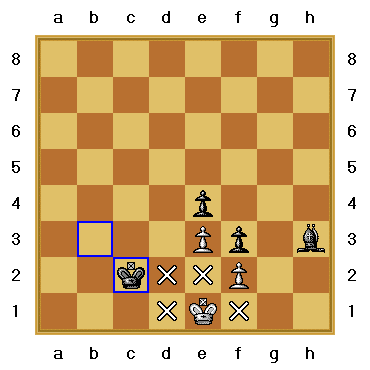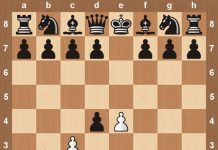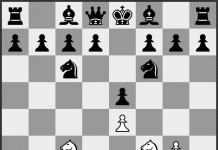Types of Check (Cont’d)
Perpetual Check:
By checking the opponent’s King at e8 and h5 repetitively, the white Queen draws a game that had already lost.

Checking an opponent’s King might force it to move out of check and losing his castling option.
Neither King can directly check the opposing King himself, but a King can make a move which exposes the other King to a discovered check.
The Laws of Chess won’t allow any player to make a move which puts his own King in check.
In casual games, a checking player can say “check” when making a checking move, but is not required and it is no longer done in formal games.
There are three ways to get out of check:
1. Capture: Almost always your best option to get your King out of check and into safety is to capture the enemy piece that is attacking your King!
2. Block: The other pieces must prevent their King from being captured, and so they can often be seen stepping into the line of fire themselves
3. Move: Sometimes just one square is far enough to escape getting captured though.
If none of the above options are possible then checkmate has occured.
The are a few popular Checkmates that everyone should know.
1. Back Rank Mate
2. Smothered Mate
3. Fools Mate : A two-move checkmate known as the Fool’s Mate, is the quickest possible checkmate in the game of Chess. The moves are: 1. f3 e5 2. g4 Qh4#
4. Scholars Mate : The Scholar’s Mate is a checkmate quite common among beginners. White can mate in only four moves: 1. e4 e5 2. Qh5 Nc6 3. Bc4 Nf6? 4. Qxf7#
From the Arabic language, Schach Matt (the King is dead), is the origin of our “Checkmate”.
Even that a King is never actually captured in a game of Chess, a player who is checkmated loses the game because said player has no legal moves.
If either white or black King is under attack, but the threat can be met, then the King is said to be in check, but is not a checkmate.
The game ends as soon as the King is checkmated. Most players resign a game before being mated. It is bad etiquette not to resign in a hopeless situation.
When a King Has Nowhere To Go, BUT is NOT in Check – He is Stalemated!
When a player whose turn it is to move has no legal moves by any of his/her pieces, but is not in check – A stalemate has occurred, and the game is a draw (tie, with each player receiving ½ a point)
Phases of Chess
There are three phases of every chess game:
1. The Opening
2. The Middlegame
3. The Endgame
Phase 1: The Beginning of Every Chess Game is Called the Opening The “Opening” is the beginning of a chess game, from the time when the very first move is played, until all the pieces are developed.
Next week we will continue on the Middlegame and Endgame.











